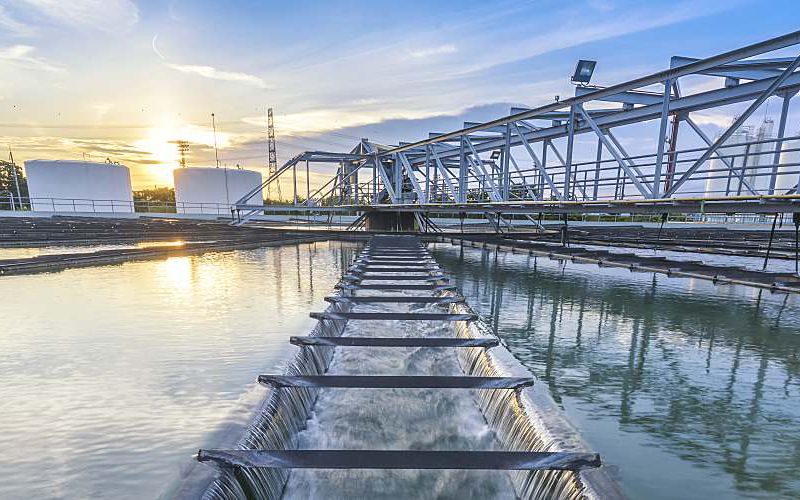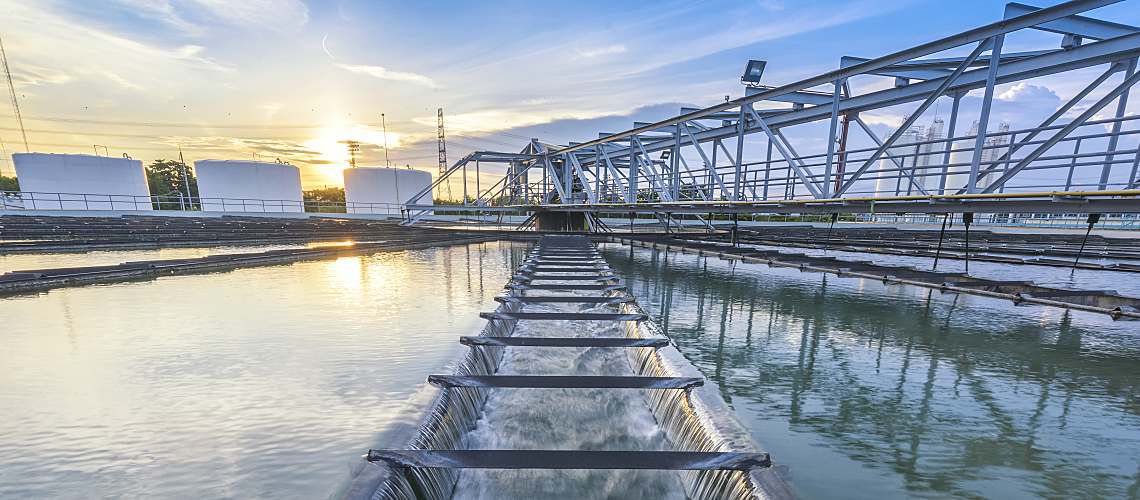Upcoming America's Water Infrastructure Act Deadlines for Utilities — and How Water Labs Can Offer Support


Concerns about natural disasters, security threats, and water contamination prompted bipartisan legislative action in the United States. Signed into law in 2018, America's Water Infrastructure Act (AWIA) makes sweeping changes to the Safe Drinking Water Act with the intent to further improve drinking water quality and ensure the safe delivery of water supplies.
Under AWIA, drinking water systems serving more than 3,300 people must submit self-certifications to the Environmental Protection Agency (EPA) starting in 2021. Larger utilities must also follow suit, with their certification deadlines rapidly approaching this year.
Here's what water lab professionals across the industry need to know about AWIA, and how they can set their respective organizations up for compliance.
What Does the Certification Process Entail?
Water utilities must submit two self-certifications: one regarding risk and resilience assessments, and another regarding emergency response plans. These can be submitted using the EPA's electronic portal, via email, or through standard mail.
The EPA doesn't designate any third-party standards, methods, or tools for conducting assessments or preparing plans. However, water systems must ensure their self-certifications include components specified in section 2013 of AWIA.
- For risk and resilience assessments, these include evaluations of the physical water system and its operation and maintenance, the handling of chemicals, and the facility's financial system.
- For emergency response plans, these include strategies to protect the facility from risks like natural disasters and cyberattacks, and to both predict and respond to incidents that may threaten the safety of operations.
Performing Risk and Resilience Assessments
The purpose of risk and resilience assessments is to evaluate a facility's vulnerabilities to a range of potential hazards. This entails looking at the processes a utility uses to monitor source water and finished water quality, according to the EPA's 2019 Baseline Information on Malevolent Acts for Community Water Systems. "Possible examples include sensors, laboratory resources, sampling capabilities, and data management equipment and systems," the document says.
Deadlines to submit risk and resilience certifications to the EPA are based on the population a utility serves. These deadlines are:
- March 31, 2020, for those serving populations equal to or greater than 100,000.
- Dec. 31, 2020, for those serving populations of 50,000 to 99,999.
- June 30, 2021, for those serving populations of 3,301 to 49,999.
After these initial deadlines, all utilities must submit recertifications every five years.
Compiling Emergency Response Plans
Within six months of submitting risk and resilience certification, utilities must develop or update an emergency response plan and certify its completion to the EPA. The agency's Community Water System Emergency Response Plan provides a template and instructions for this process. Utilities must show they're prepared to respond to situations that might threaten safe drinking water delivery.
The EPA lists sampling and analysis as a core emergency response procedure. They recommend a procedure that identifies sampling sites, a chain of custody, a list of contract analytical laboratories along with their locations, as well as procedures for collecting, preserving, and transporting samples of both known and unknown contaminants.
Plans should also detail detection strategies for situations like unauthorized entry, cyber intrusion, power outages, and unexpected chemical releases. For water contamination detection, the EPA recommends adopting an integrated water quality surveillance and response system. The agency notes that potential contamination can also be detected through advanced metering infrastructure and by monitoring customer complaints, public health news, and access points to finished water.
Like risk and resilience certifications, deadlines to submit AWIA emergency response plans vary by the population a utility serves:
- Sept. 30, 2020, for those serving populations equal to or greater than 100,000.
- June 30, 2021, for those serving populations of 50,000 to 99,999.
- December 31, 2021, for those serving populations of 3,301 to 49,999.
Recertification is due within six months of the five-year risk and resilience assessment submission.
What Water Labs Can Do to Assist Utilities
Water labs can be valuable partners in this process by helping utility clients meet compliance requirements. Water contamination emergencies can put a significant strain on utilities, as their sampling and analysis needs surge. Here, water labs can provide expertise or assistance with testing. Labs can also offer remediation support and help the utility lay a foundation to prevent future incidents.
Whether it's offering up best practices via social media or sharing information in a newsletter, water labs can also provide guidance on compliance. Outreach to local utilities, whether they're clients or not, should be a marketing priority for labs.
Water labs familiar with AWIA and its deadlines will be more equipped to support utilities in their community. To gain a deeper understanding of what these assessments involve, consult the EPA's outline, which answers commonly asked questions and provides links to helpful resources.






